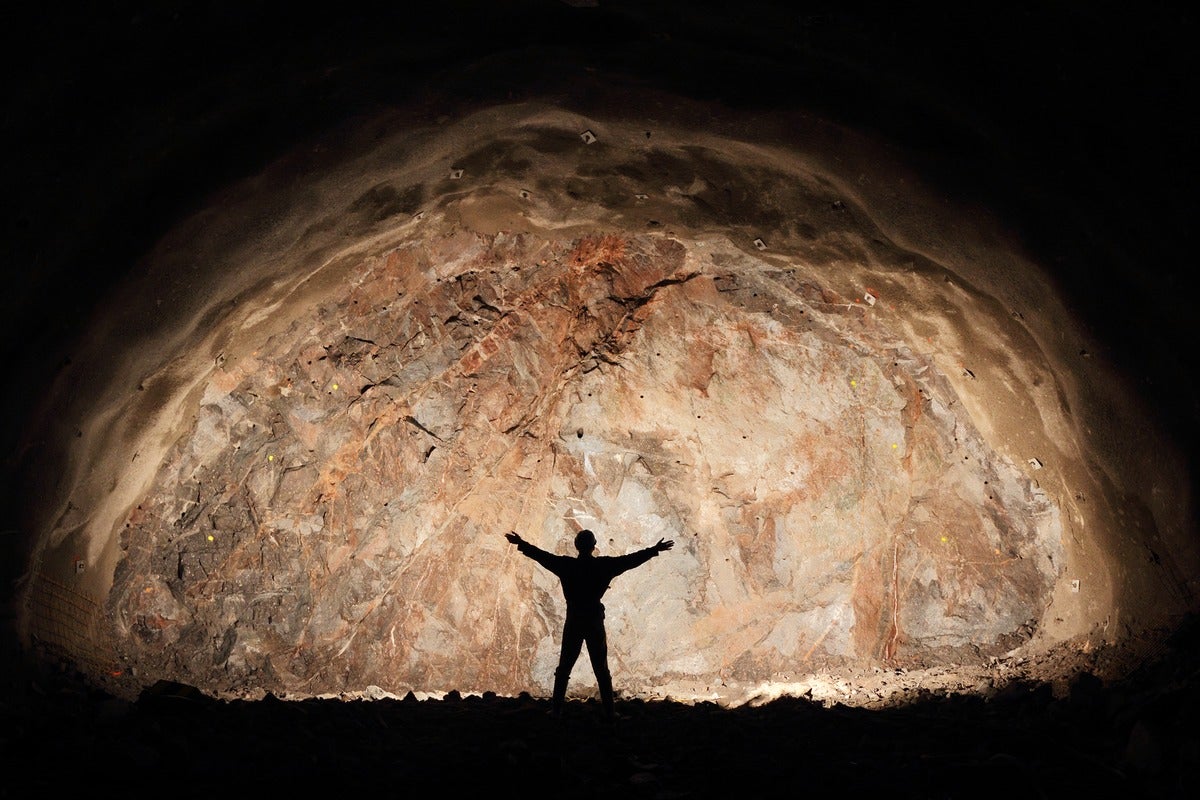An introduction to time series forecasting
Industries from energy and retail to transportation and finance today rely on time series forecasting for projecting product demand, resource allocation, financial performance, predictive maintenance, and countless other applications. Despite the potential of time series forecasting to transform business models and improve bottom lines, many companies have yet to adopt its technologies and reap the benefits. Let’s start with a definition, and follow with a brief overview of applications and methods.Time series forecasting is a technique for predicting future events by analyzing past trends, based on the assumption that future trends will hold similar to historical trends. Forecasting involves using models fit on historical data to predict future values. Prediction problems that involve a time component require time series forecasting, which provides a data-driven approach to effective and efficient planning.To read this article in full, please click here
Industries from energy and retail to transportation and finance today rely on time series forecasting for projecting product demand, resource allocation, financial performance, predictive maintenance, and countless other applications. Despite the potential of time series forecasting to transform business models and improve bottom lines, many companies have yet to adopt its technologies and reap the benefits. Let’s start with a definition, and follow with a brief overview of applications and methods.
Time series forecasting is a technique for predicting future events by analyzing past trends, based on the assumption that future trends will hold similar to historical trends. Forecasting involves using models fit on historical data to predict future values. Prediction problems that involve a time component require time series forecasting, which provides a data-driven approach to effective and efficient planning.





































